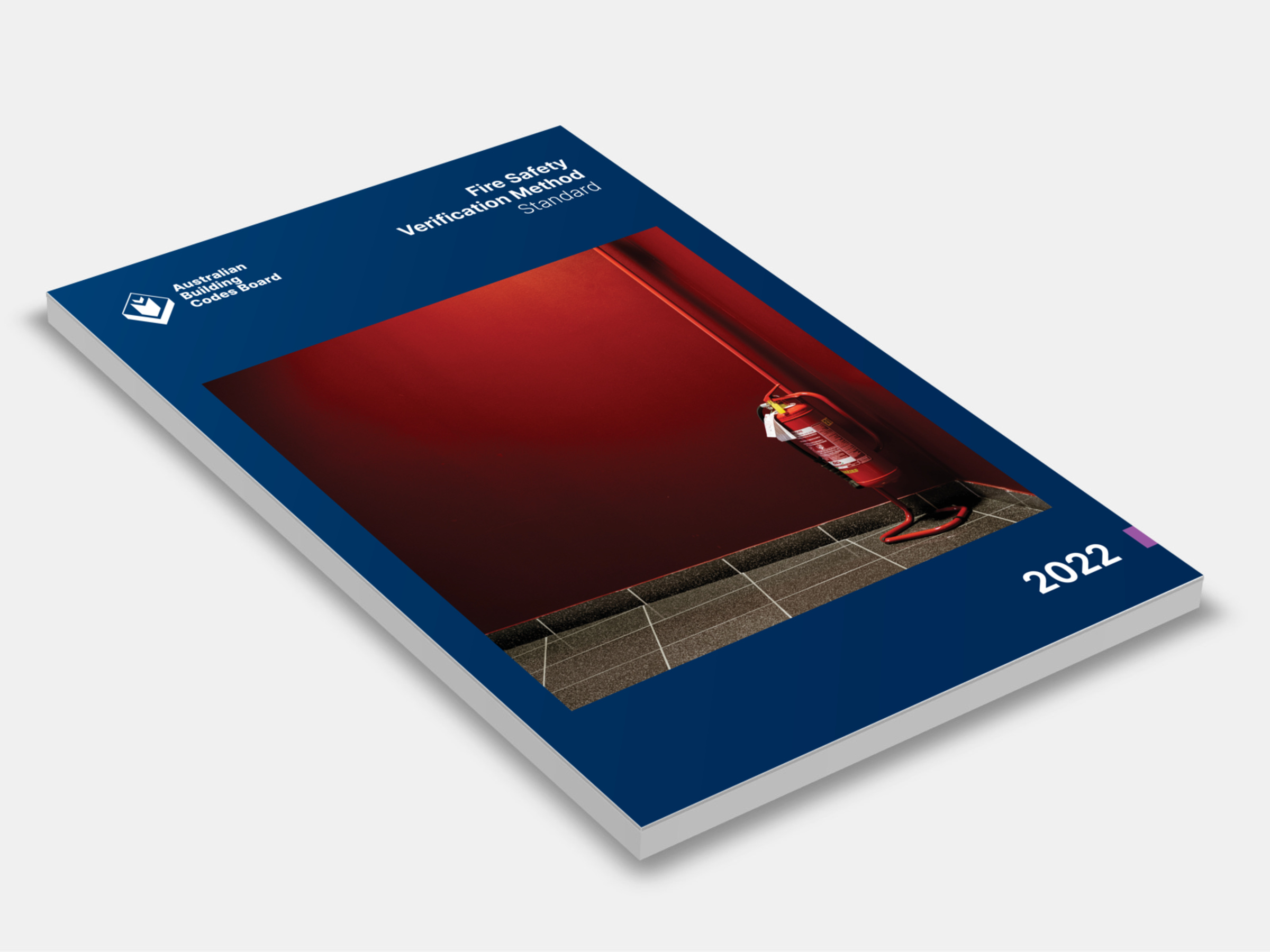
Type
Publisher
Australian Building Codes Board
Publisher
Australian Building Codes Board
Version:
2022.
(Latest)
Short Description
Provides a process for engineering the design of fire safety Performance Solutions. The document provides the flexibility required to develop Performance Solutions while still maintaining the level of safety required by the NCC.
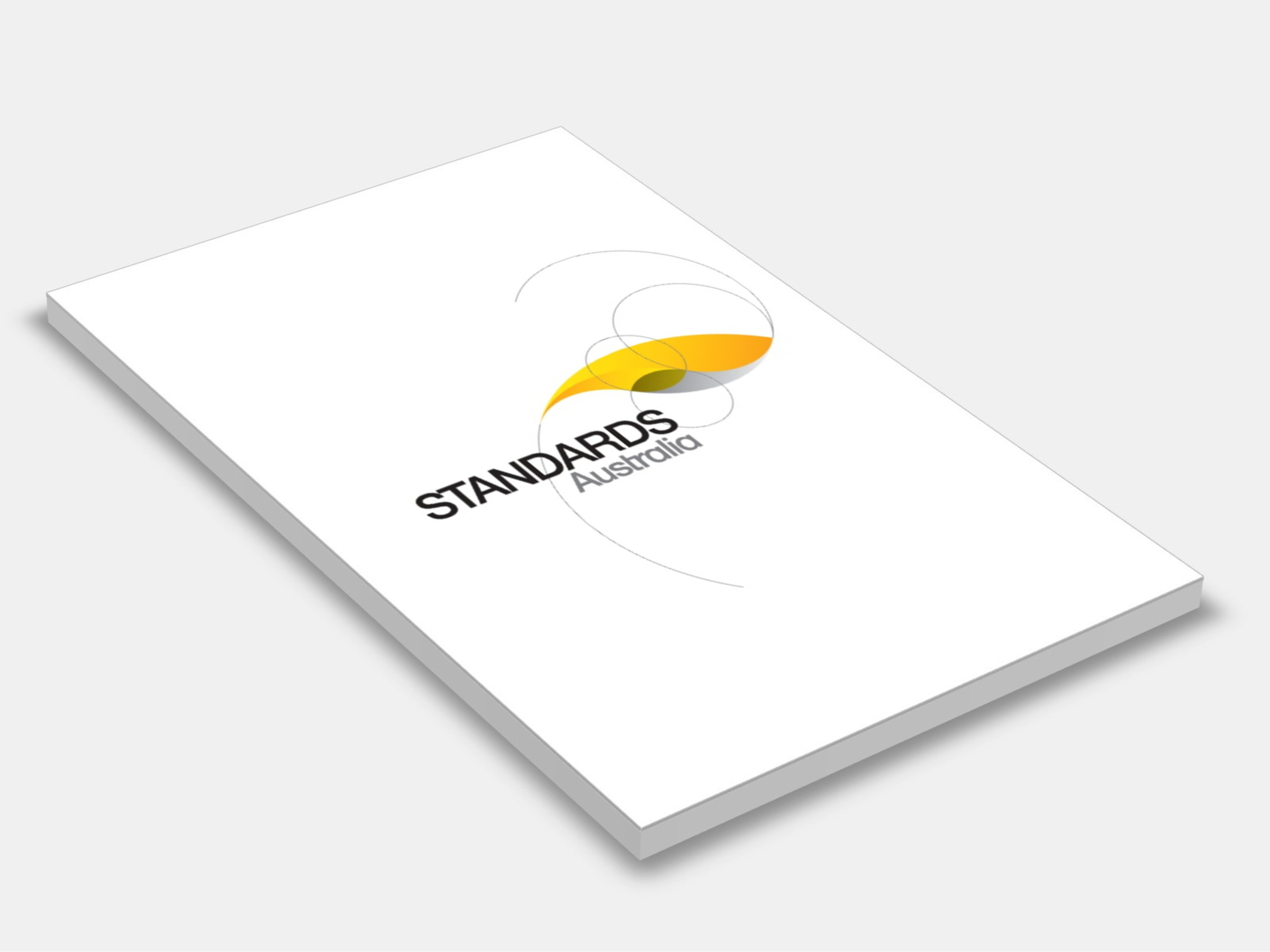
Type
Publisher
Standards Australia/Standards New Zealand
Publisher
Standards Australia/Standards New Zealand
Version:
Second Edition 2016.
(Current)
Short Description
Specifies a simple means of referring to common refrigerants instead of using the chemical name, formula, or trade name. It also establishes a uniform system to be used in assigning the proper reference number and classification to refrigerants; the system for refrigerant classification is defined and physical data of common refrigerants listed.
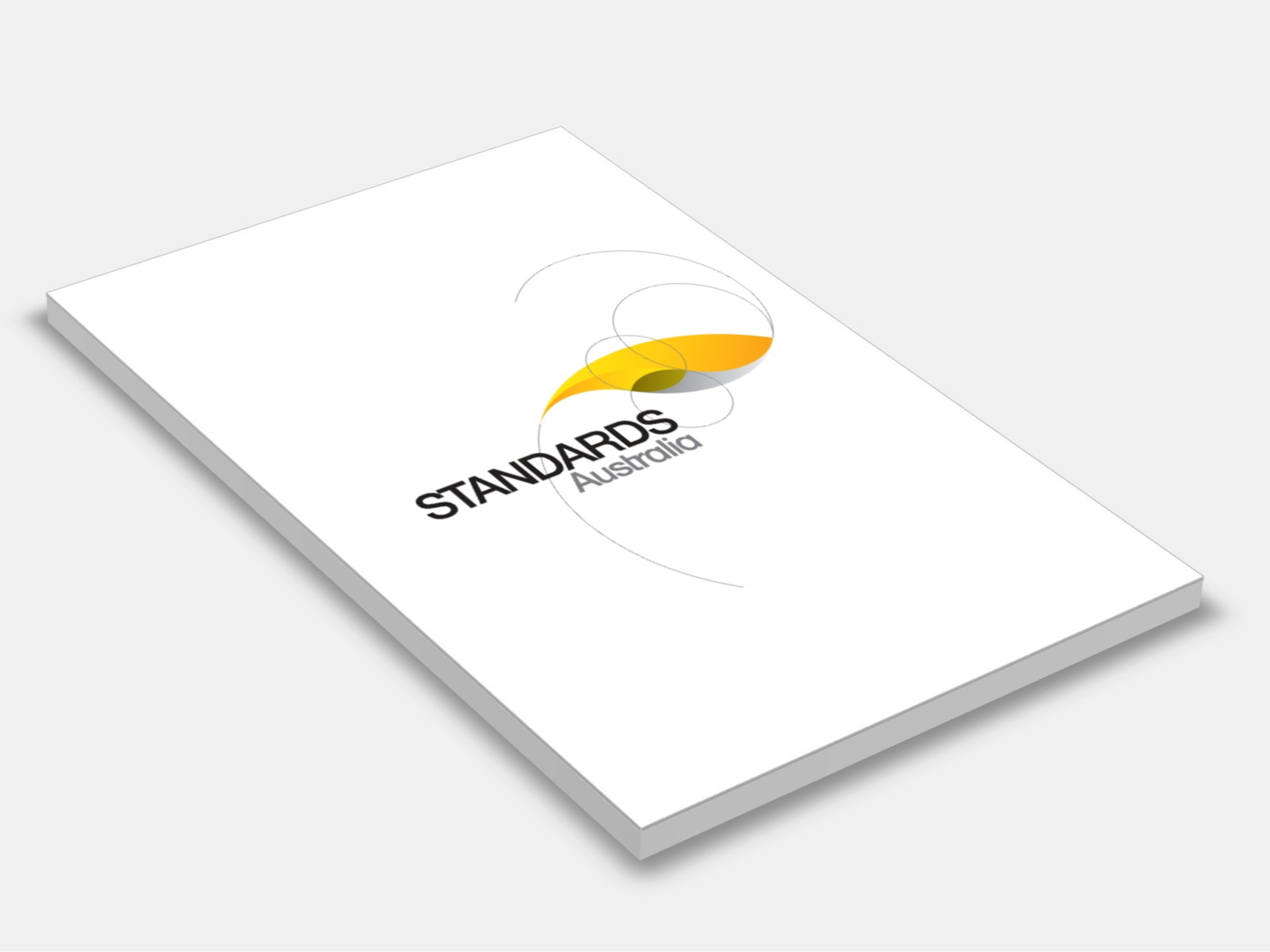
Type
Publisher
Standards Australia/Standards New Zealand
Publisher
Standards Australia/Standards New Zealand
Version:
First Edition 2016.
(Current)
Short Description
This Standard provides an unambiguous system for assigning designations to refrigerants. It also establishes a system for assigning a safety classification to refrigerants based on toxicity and flammability data, and provides a means of determining the refrigerant concentration limit.
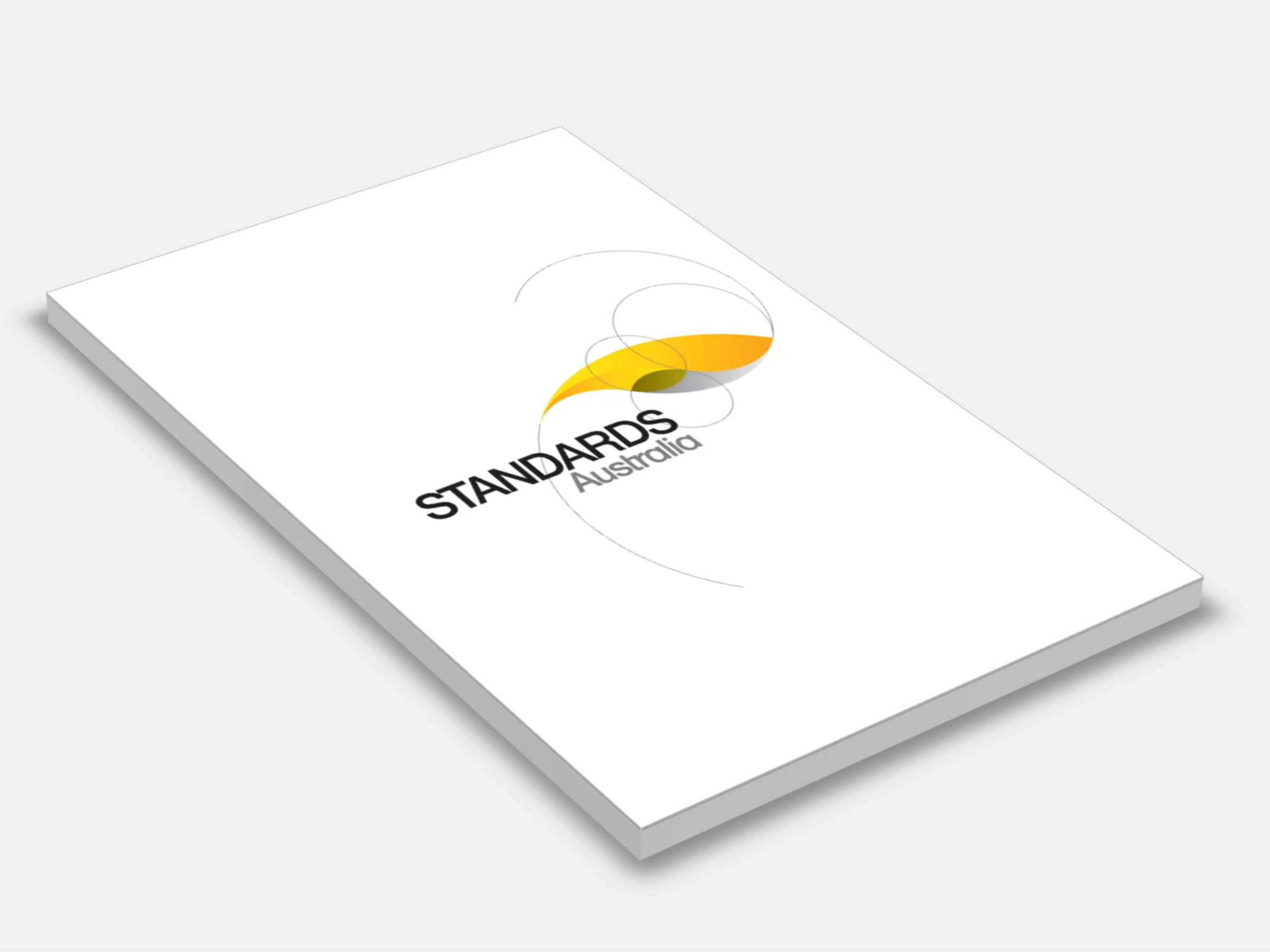
Type
Publisher
Standards Australia/Standards New Zealand
Publisher
Standards Australia/Standards New Zealand
Version:
Second Edition 2016.
(Current)
Short Description
Specifies requirements for safety and environmental aspects in relation to operation, maintenance and repair of refrigerating systems and the recovery, reuse and disposal of all types of refrigerant, refrigerant oil, heat transfer fluid, refrigerating system and part thereof.
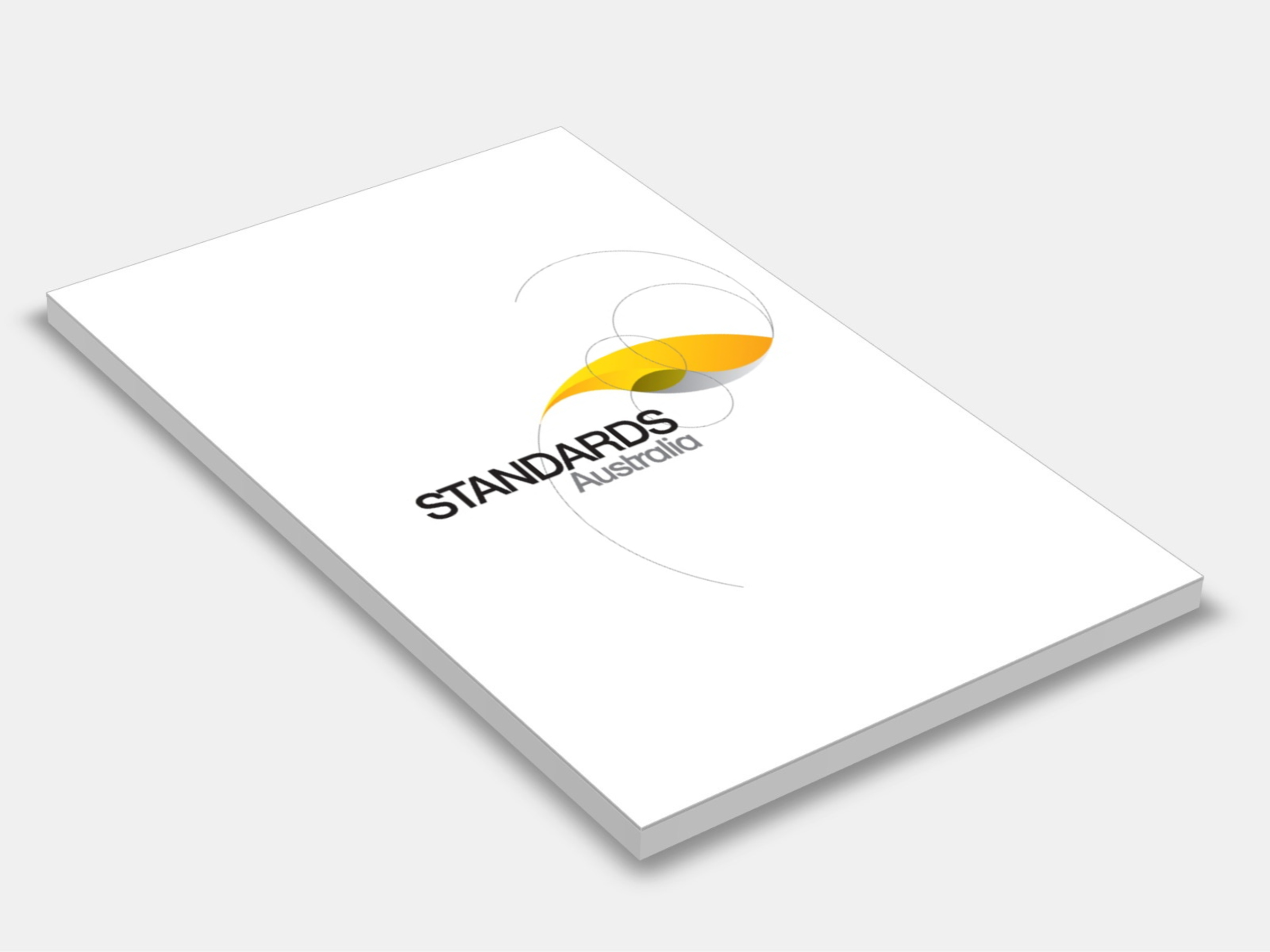
Type
Publisher
Standards Australia
Publisher
Standards Australia
Version:
Second Edition 2015.
(Current)
Short Description
Specifies requirements for construction practices for masonry in buildings of Class 1 and Class 10a, as defined in the National Construction Code (NCC), designed in accordance with AS 4773.1 and to be constructed from clay, concrete, or calcium silicate masonry units.
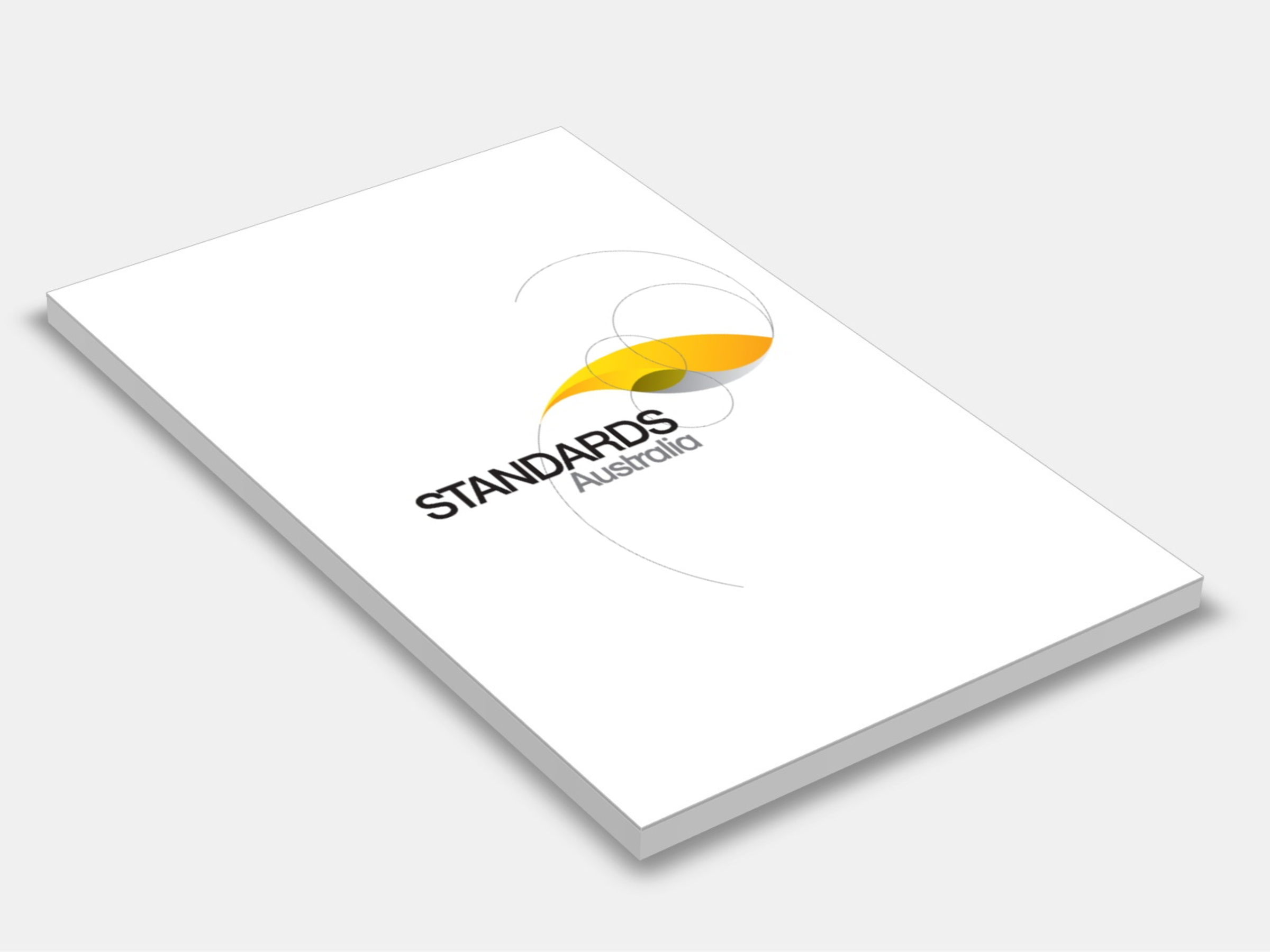
Type
Publisher
Standards Australia
Publisher
Standards Australia
Version:
First Edition 2020.
(Current)
Short Description
This Standard specifies requirements for wall ties for use in tying together the leaves of cavity masonry walls, masonry veneer walls and loadbearing frames, and masonry veneer walls against a strong backing wall.
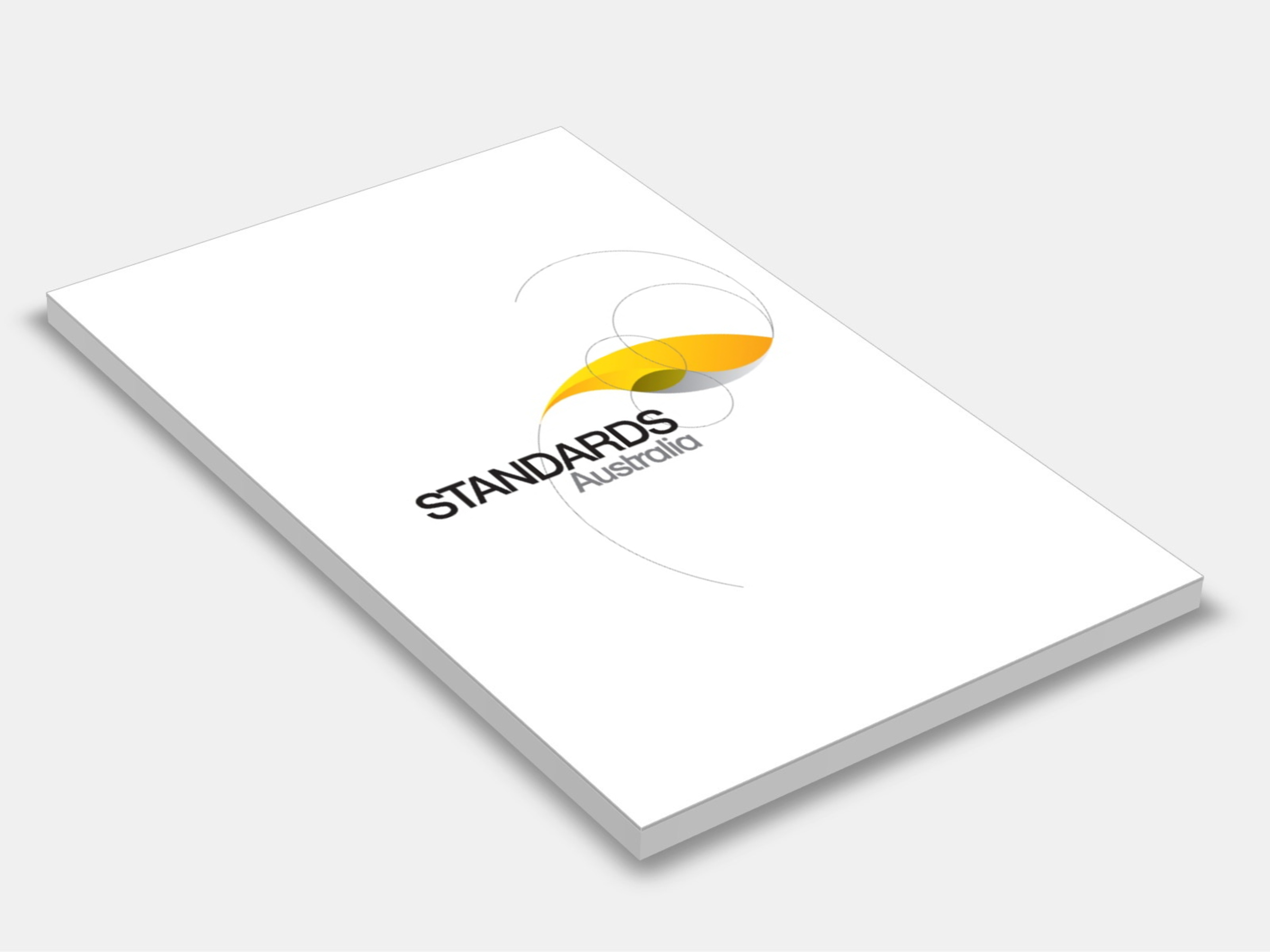
Type
Publisher
Standards Australia
Publisher
Standards Australia
Version:
Fifth Edition 2018.
(Current)
Short Description
Specifies minimum requirements for the design and construction of unreinforced, reinforced and prestressed masonry, including built-in components.
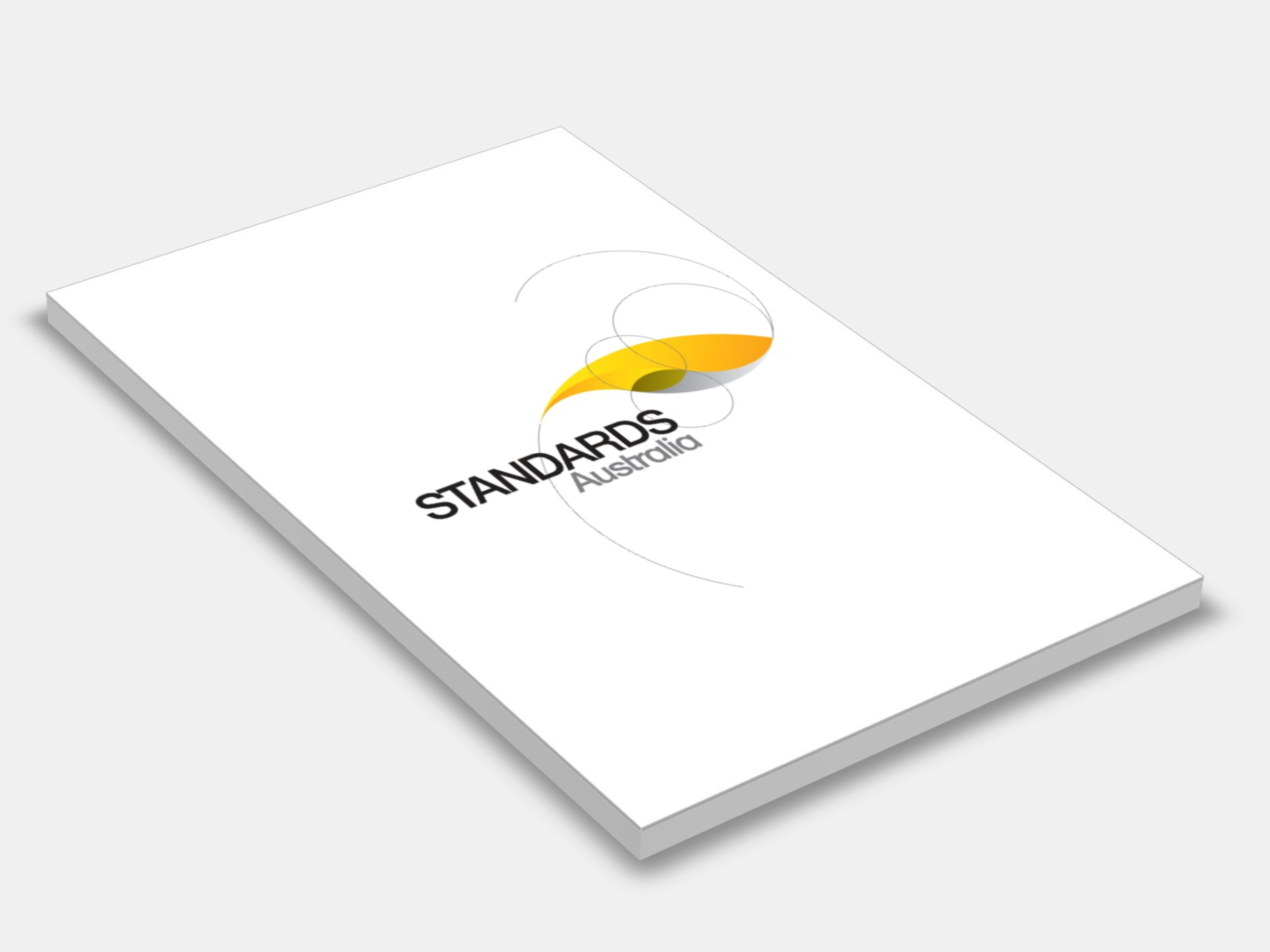
Type
Publisher
Standards Australia
Publisher
Standards Australia
Version:
First Edition 2020.
(Current)
Short Description
This Standard specifies requirements for testing the durability performance of steel lintels and shelf angles to be built into masonry.
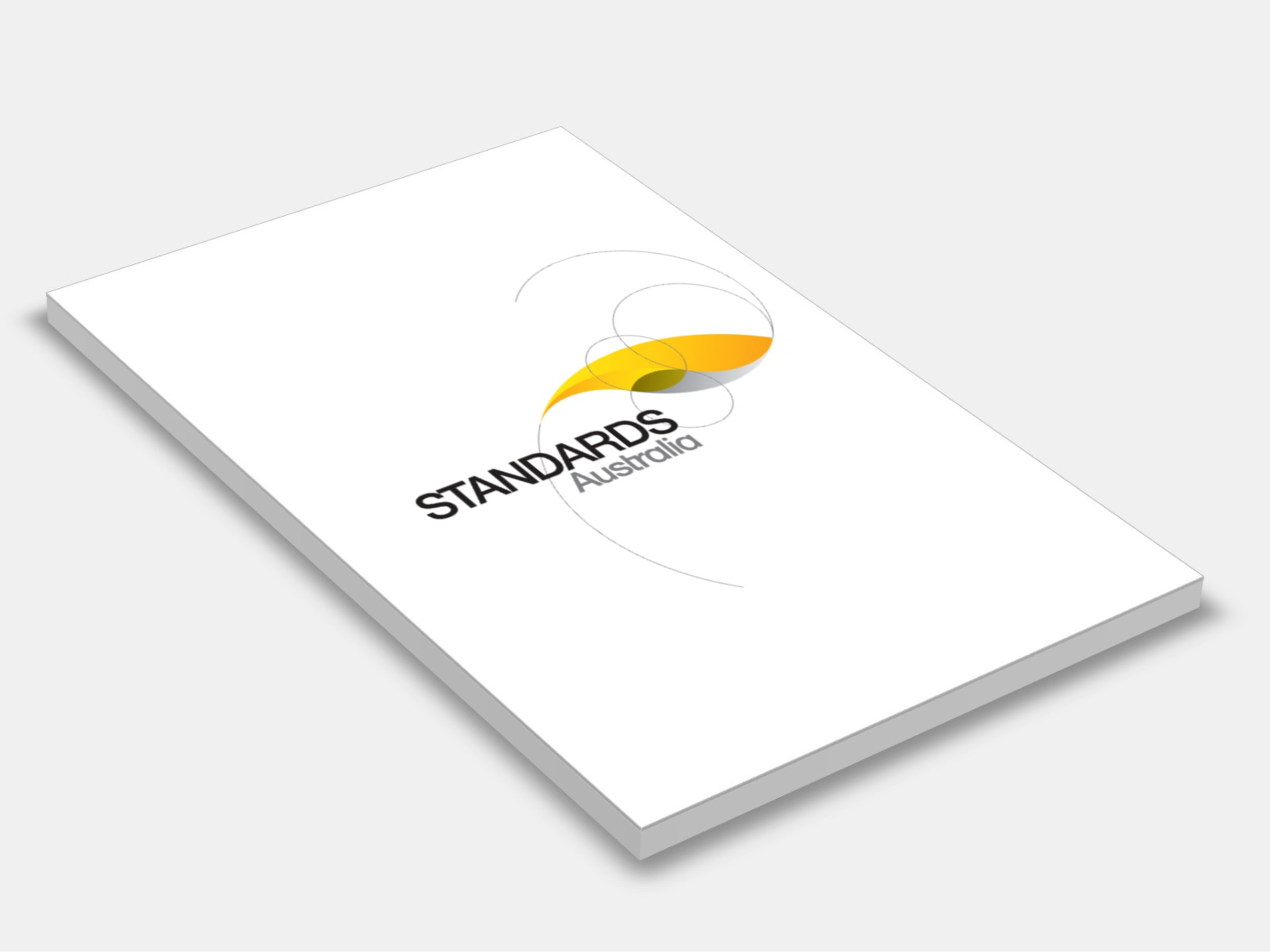
Type
Publisher
Standards Australia
Publisher
Standards Australia
Version:
First Edition 2020.
(Current)
Short Description
This Standard specifies requirements for connectors and accessories built into masonry.
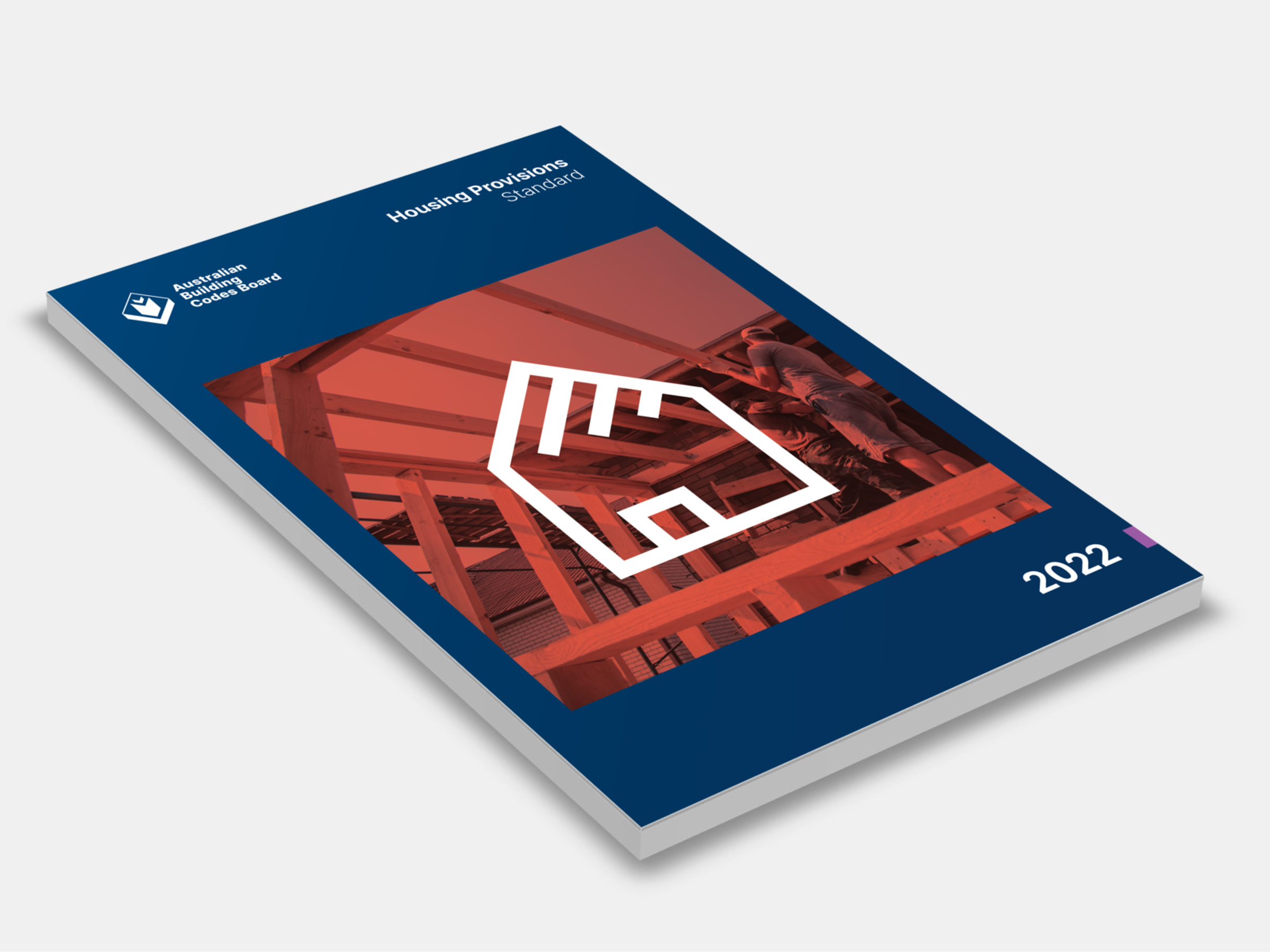
Type
Publisher
Australian Building Codes Board
Publisher
Australian Building Codes Board
Version:
2022.
(Latest)
Short Description
Contains Deemed-to-Satisfy Provisions that are considered to be acceptable forms of construction that meet the requirements for complying with Parts H1 to H8 of NCC Volume Two.